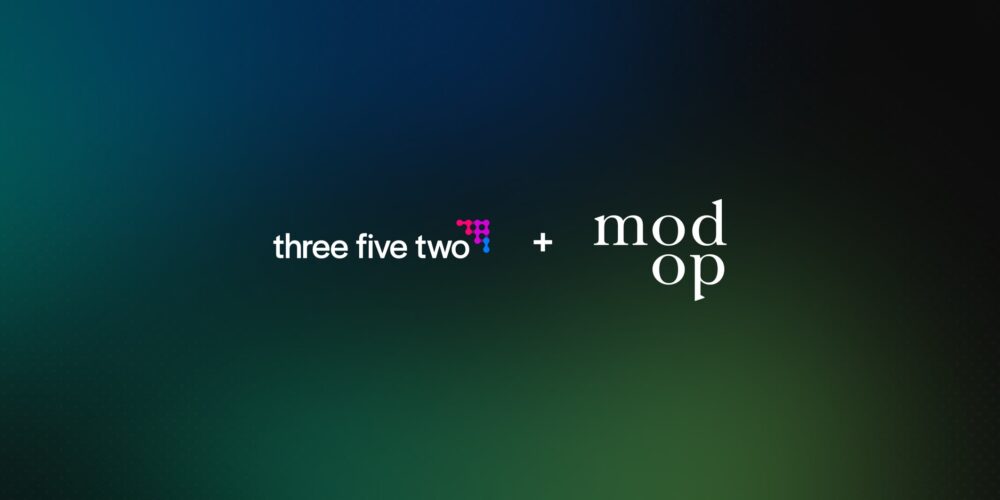
What’s the Role of a Corporate Innovator?
The role of corporate innovator or change-maker seems romantic. You collaborate with creative people to solve problems and launch The Next Big Thing. Shows like Silicon Valley make innovation seem glamorous, but successful innovation requires far more than scribbling on the back of a napkin and launching a $100 million business unit. Despite working within massive organizations, many innovators struggle to find the resources, trust and creative freedom to actually bring new ideas to life.
This struggle often results from a lack of clear understanding of the role of an innovator. Corporations know it’s important, yet can lack the vision to fully support new ventures. As an agent for change, here’s how you can work to drive new projects forward.
Creating an Environment for Innovation
Many people think innovation is a process of pure ideation – scribble on enough whiteboards and eventually you’ll have that Eureka moment. Unfortunately, people working in innovation every day know that’s not the case. Many times, you don’t even have the whiteboard.
It’s the struggle of every enterprise organization. Leaders know they need to uncover new ideas and push promising projects forward, yet few know how. Indeed, most enterprises are built to resist the changes they need to grow. The first, and possibly most important, role of a chief innovator is to create a reliable, repeatable process to generate new ideas, test their viability and then either kill or invest in them.
Most corporations don’t suffer from a lack of ideas – most just simply don’t know how to choose the right projects to pursue. It’s an innovator’s guide to build a system capable of shepherding ideas worth pursuing and killing the ones that won’t cut it.
Improving the Core Business Unit
Too often, innovators act like they work outside the realm of the rest of the company. Depending on your organization’s maturity with new ventures, you may have that leeway but more often you’ll be tasked with aligning your innovation goals with those of the core business. Which means finding new ways to enhance the core business unit through iteration and smaller ventures.
Incremental innovation plays a huge role in the life of a corporate changemaker. While it’s not as flashy as moonshot innovation projects, incremental improvements have a number of benefits for an innovation group. While we may dream of pursuing radical new projects, corporate change agents often suffer from a lack of trust, credibility and visibility within the larger enterprise structure. Identifying areas for improvement within a core product – reducing churn or adding a small feature that drives big revenue – often goes a long way toward building the corporate currency you’ll need to pursue the blockbuster ideas.
Pursuing incremental improvements also provides another key benefit for an innovator: it makes your role tangible and consumable for other business units. Once you’ve proven you can show tangible results, it’s much easier to tie an innovation project with an outcome to which executives can relate.
Build a Path for New Products
New ventures often need some runway to find their legs without the strictures of corporate branding, IT regulations or executive pressure. Finding traction often requires developing your product outside the umbrella of the core brand by fully separating product development, brand identity and technical requirements from the enterprise. This gap offers innovators the freedom to get messy, operate in a lean startup mentality and rapidly shift your project to find product/market fit.
Of course, finding success as a product doesn’t mean a successful business. The cost of deploying a product as its own business is far greater than proving you’ve got a great product. So, once an innovation project finds success in the marketplace, project leads need to build a path to reintegrate a venture back into the enterprise. As the enterprise builds a business around a successful new product, innovators often must become comfortable giving up creative control of the project and moving onto their next challenge.




